AI-powered Salesforce documentation
Turn Salesforce’s complexity into clarity. Sweep automatically documents every object, field, automation, and dependency so you can manage, troubleshoot, and scale without blind spots.
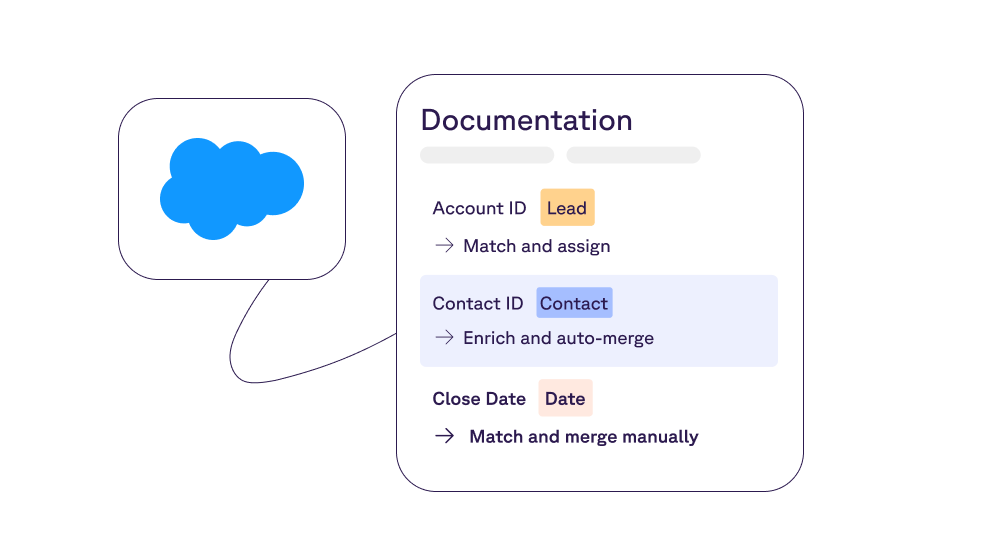
Intelligent Salesforce documentation features and capabilities
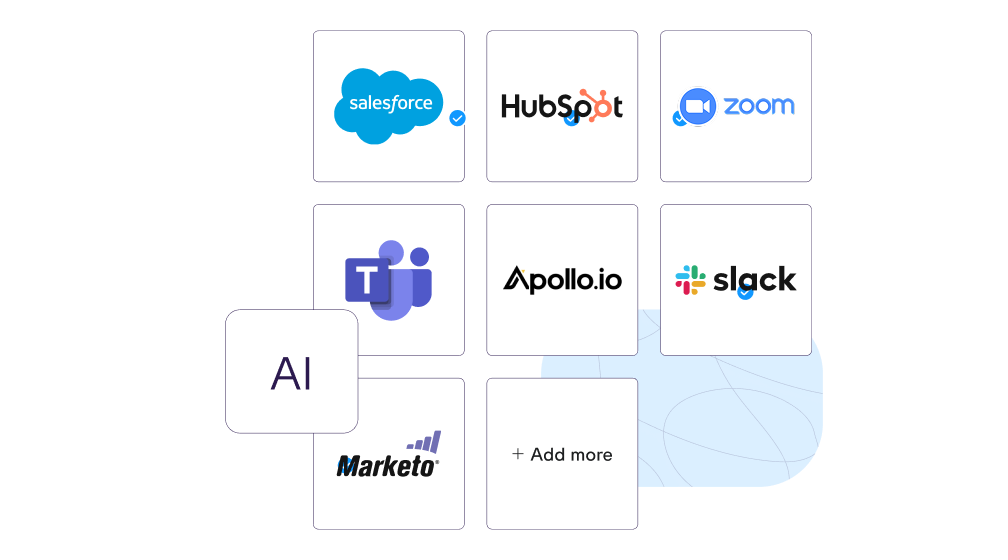
Real-time metadata sync
No more static spreadsheets, Confluence pages, or Lucidcharts. Sweep continuously updates documentation as your Salesforce org evolves.
- Live view of objects, fields, and automations
- Auto-capture of changes and updates
- Always audit-ready
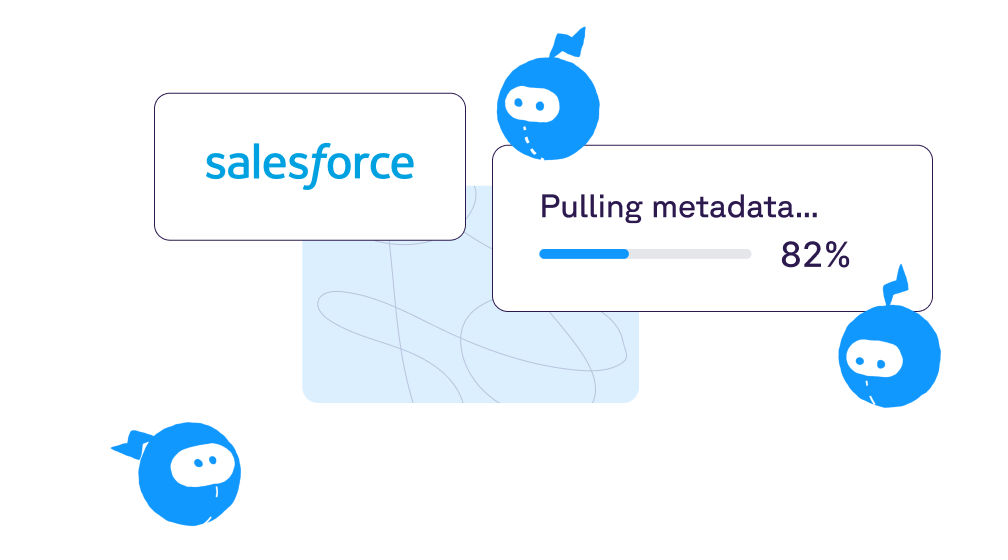
Universal metadata coverage
Don’t settle for partial visibility. Sweep documents every Salesforce metadata type—from objects and fields to Apex classes, flows, layouts, CPQ rules, and installed packages.
- Centralize all metadata in one searchable workspace
- Eliminate silos between automations, schema, and code
- Ensure no hidden configuration goes undocumented
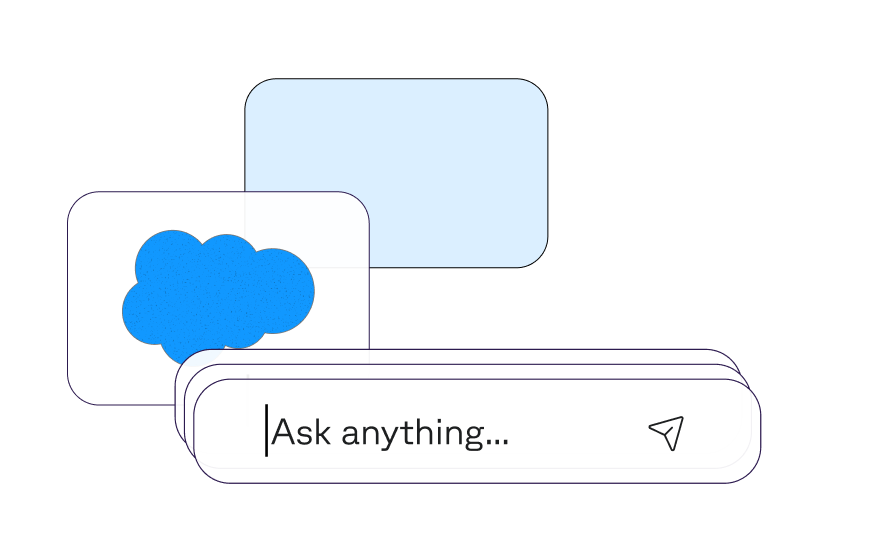
AI-generated descriptions
Go beyond Salesforce’s one-size-fits-all rules with Sweep’s flexible matching engine.
- Match leads to accounts via company name, domain, or contact relationships
- Link lead-to-lead records for better campaign and pipeline attribution
- Always validate matches to keep data current
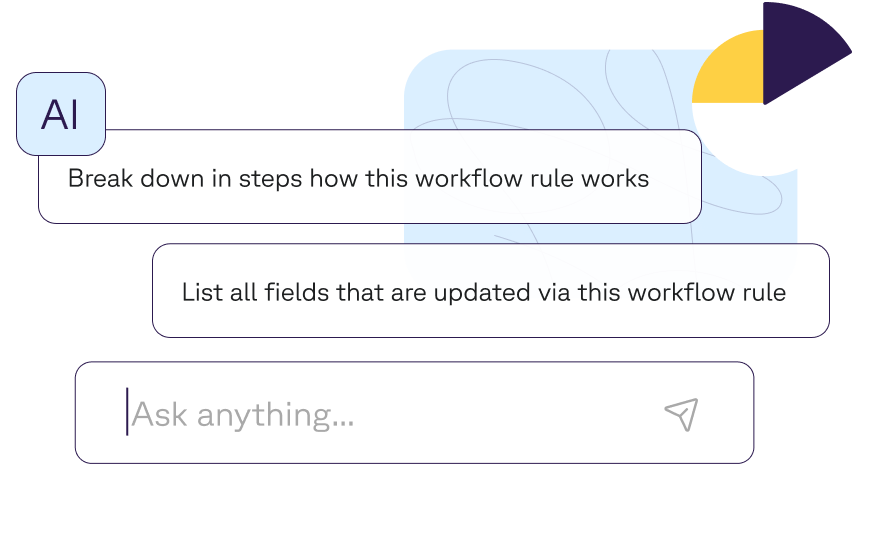
Intelligent dependency mapping
Gain full visibility into how your Salesforce components interact across metadata components to reduce risk and speed up delivery. Sweep’s intelligent graph maps every upstream and downstream relationship, helping teams deploy with confidence and maintain architectural integrity.
- Automatically map object, field, and automation dependencies
- Flag potential breakpoints and impact areas before deployment
- Trace root causes and understand complex relationships in seconds
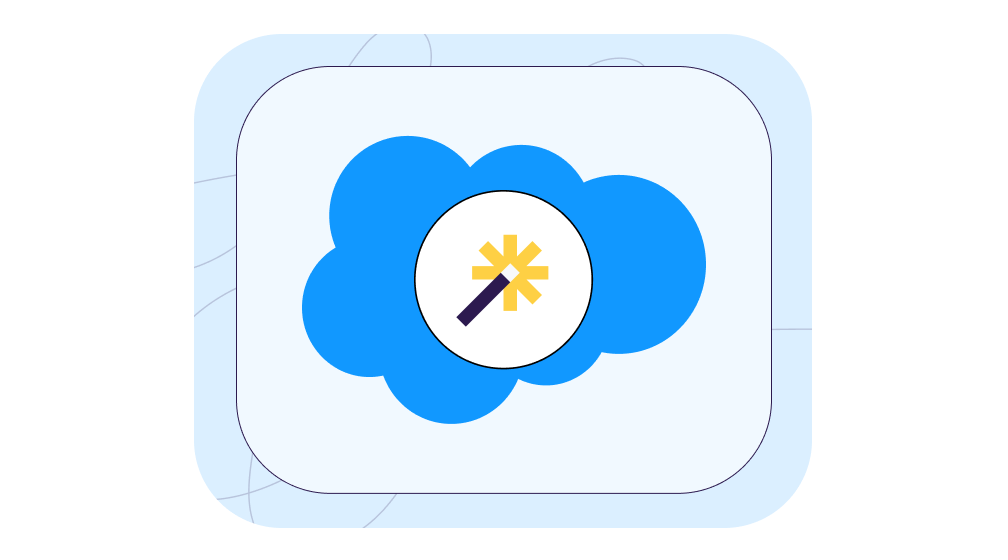
Automated change feed
Go beyond Salesforce’s basic Audit Trail with real-time, contextual visibility into every system change. Sweep automatically captures what changed, when, and why—so you can maintain control, prevent drift, and meet governance standards with confidence.
- Track all changes across objects, fields, and automations
- Get alerts for significant updates through Slack, Teams, or email
- Maintain continuously updated logs for auditing, compliance, and rollback insight
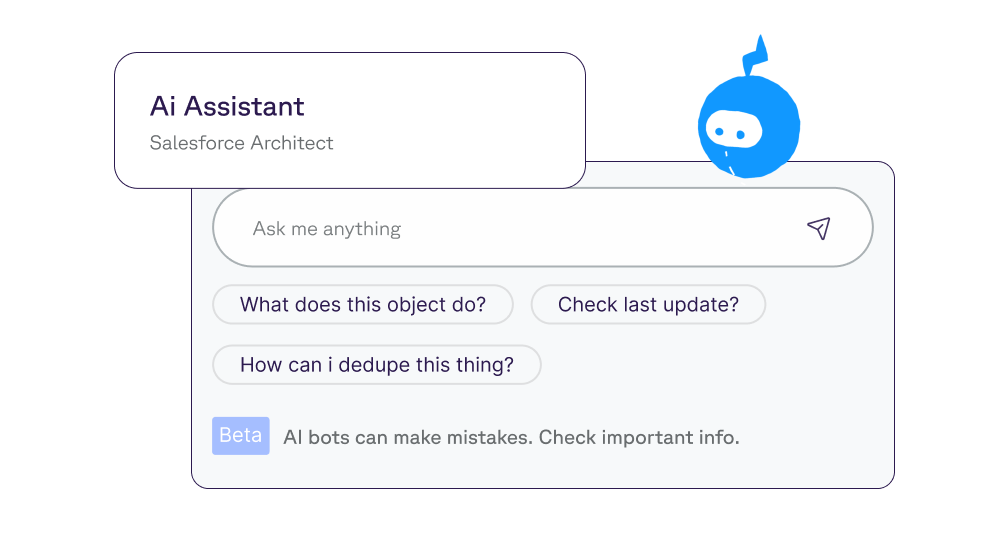
AI-powered Q&A
Get instant, context-aware answers about your Salesforce org using natural language. Sweep’s AI understands your metadata, dependencies, and automations—so you can query your system like you would a teammate.
- Ask “What are the dependencies for this field?”
- Ask “Explain this flow step by step.”
- Ask “Which objects does this automation touch?”
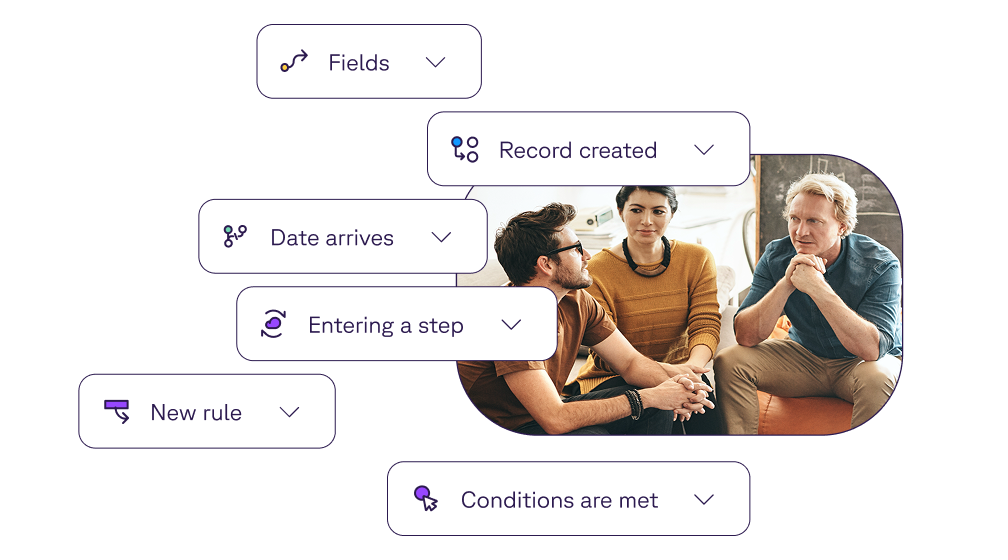
Advanced search across metadata
Find exactly what you need, instantly. Sweep’s intelligent search surfaces configurations by name, API name, or even specific content inside formulas, picklists, or error messages.
- Locate hard-coded IDs, usernames, and values in seconds
- Search metadata content for error messages or logic strings
- Speed audits and troubleshooting with precision queries
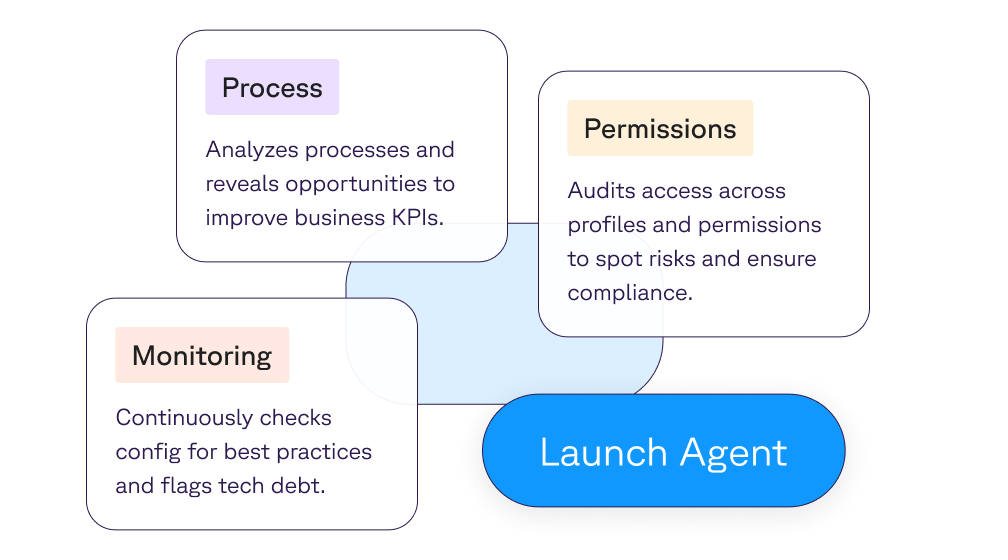
Smart metadata management
Keep your critical configurations organized and accessible. Sweep lets you tag, favorite, and structure metadata around how your org actually works—making navigation, documentation, and collaboration faster and more reliable.
- Pin key objects, fields, and automations for quick access
- Use tags to group related configurations by process, owner, or function
- Share organized views across teams for alignment and change visibility
Real users. Real time saved.
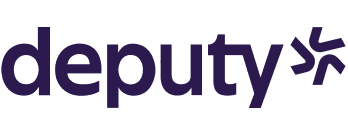
Challenge:
After 16 years of technical debt, Deputy’s Salesforce was a black box of legacy code, custom fields, and hard-coded automations. Understanding dependencies required weeks of manual auditing.
Solution:
Deputy adopted Sweep’s documentation feature to instantly surface flows, fields, and dependencies across 300,000+ records. With the AI agent, the team could ask natural-language questions and get real-time clarity on logic and risks.
Results:
- 99% faster org analysis and documentation
- 3× faster issue resolution for end users
- 3× faster Salesforce deployments
“What used to take two weeks of digging now takes just 20 minutes. Being able to get into a Flow and ask the AI agent what is happening in this Flow is actually invaluable.”
Documentation and impact analysis, automated
Sweep automatically documents and analyzes Salesforce changes, so you know what happened, why it matters, and how to act with confidence.

